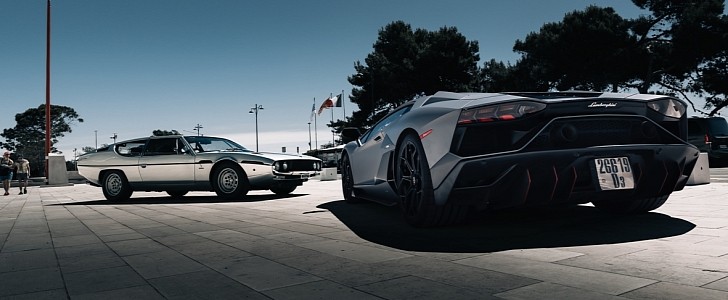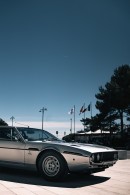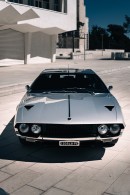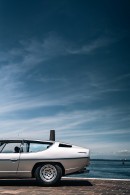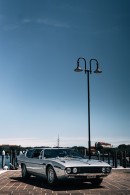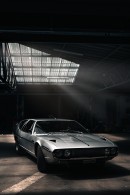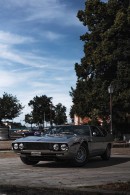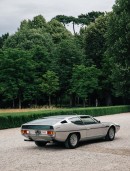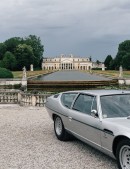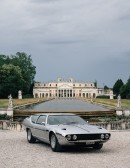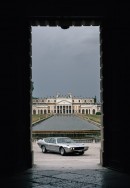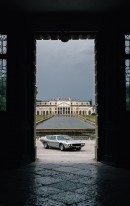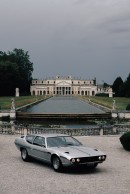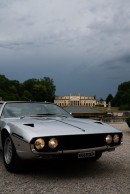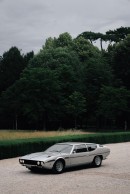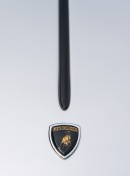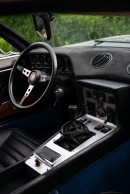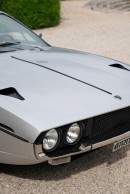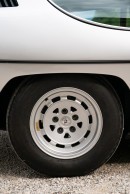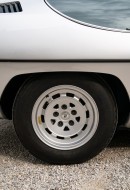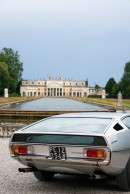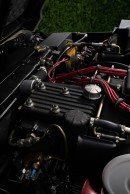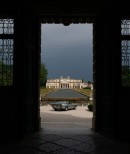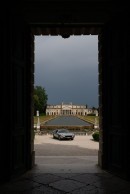This year is full of V12 celebrations in Sant’Agata Bolognese as Lamborghini prepares to bid farewell to the long-running Aventador. Its yet-to-be-named replacement will feature a V12, also naturally aspirated, but with PHEV assistance in the guise of an electrified front axle.
As part of the celebrations, the Raging Bull is much obliged to remind us that Giotto Bizzarrini's masterpiece of a V12 was also used in the Italian automaker’s first commercial success. Instead of a fighting bull, the Espada takes its name from the sword used by bullfighters.
Styled by Marcello Gandini, the same guy who penned the Miura, the Espada was produced in three series from 1968 through 1978. Although it’s officially designated Espada 400 GT and Lamborghini refers to this powerplant as a 4.0-liter unit in the attached release, it’s actually 3.9 liters.
From a displacement of 3,929 cubic centimeters, the free-breathing lump develops in the ballpark of 325 horsepower. Greatly inspired by the Marzal concept, the Espada received an update at the 1970 Brussels Motor Show. As part of this update, the 3.9-liter mill was improved to 350 horsepower.
The higher compression ratio, namely 10.7:1 as opposed to 9.5:1 for the Series 1, was joined by a redesigned center console, dashboard, and steering wheel. Lamborghini also upgraded from solid to ventilated brake discs on every corner. Merely 575 units of the Espada S2 were produced in total.
Introduced in 1972, the Series III came with a revised interior, Alfa Romeo 2000 taillights, power steering, air conditioning, and a square mesh grille. Lamborghini ended production of the family-sized Espada in 1978, with 1,227 examples to its name. Although it seems very niche by modern standards, the Espada sold better than the 400 GT 2+2 before it.
Although the Espada is long gone, Lamborghini appears to be working on a revival. An all-electric revival, to be more precise, is due to be presented by 2025 on the Premium Platform Electric developed by Porsche and Audi.
Styled by Marcello Gandini, the same guy who penned the Miura, the Espada was produced in three series from 1968 through 1978. Although it’s officially designated Espada 400 GT and Lamborghini refers to this powerplant as a 4.0-liter unit in the attached release, it’s actually 3.9 liters.
From a displacement of 3,929 cubic centimeters, the free-breathing lump develops in the ballpark of 325 horsepower. Greatly inspired by the Marzal concept, the Espada received an update at the 1970 Brussels Motor Show. As part of this update, the 3.9-liter mill was improved to 350 horsepower.
The higher compression ratio, namely 10.7:1 as opposed to 9.5:1 for the Series 1, was joined by a redesigned center console, dashboard, and steering wheel. Lamborghini also upgraded from solid to ventilated brake discs on every corner. Merely 575 units of the Espada S2 were produced in total.
Introduced in 1972, the Series III came with a revised interior, Alfa Romeo 2000 taillights, power steering, air conditioning, and a square mesh grille. Lamborghini ended production of the family-sized Espada in 1978, with 1,227 examples to its name. Although it seems very niche by modern standards, the Espada sold better than the 400 GT 2+2 before it.
Although the Espada is long gone, Lamborghini appears to be working on a revival. An all-electric revival, to be more precise, is due to be presented by 2025 on the Premium Platform Electric developed by Porsche and Audi.
